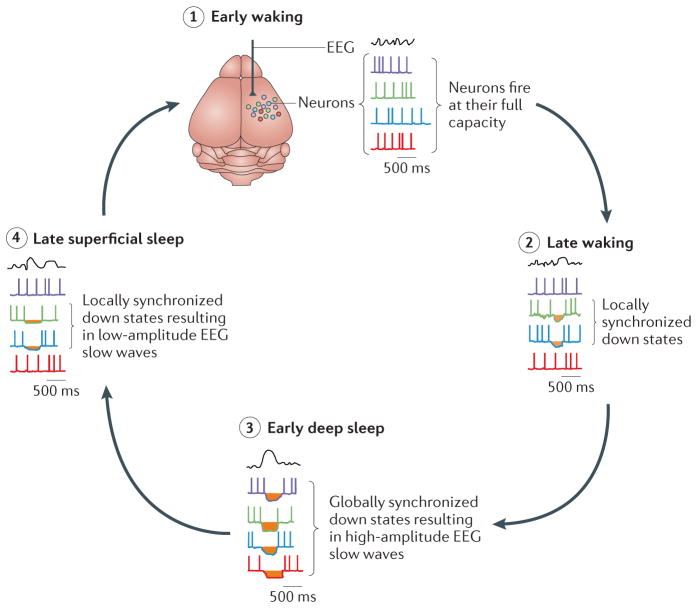Figure 3. Global behavioural sleep provides conditions for single-cell rest by allowing sustained uninterrupted down states.
In early waking (stage 1), neurons can fire at their full capacity. As waking time progresses (stage 2), the need for cellular maintenance builds up as a result of prolonged synaptic and spiking activity. The resulting down states are short, localized and easily interrupted by inputs arising from distal neurons during waking. Although they may fulfil the prophylactic function of preventing permanent damage, this comes at a cost of reduced cognitive performance. During early deep sleep (stage 3), sustained uninterrupted down states occur across large cortical neuronal populations, efficiently providing cellular rest to a large number of neurons. Synchronized occurrence of down states results in the high-amplitude electroencephalogram (EEG) slow waves that are typical of early non-rapid eye movement sleep. As individual neurons obtain the necessary amount of rest (stage 4) they resume firing, and progressively smaller neuronal populations engage in synchronized down states. This results in the low-amplitude EEG slow waves that are typical of later sleep.

